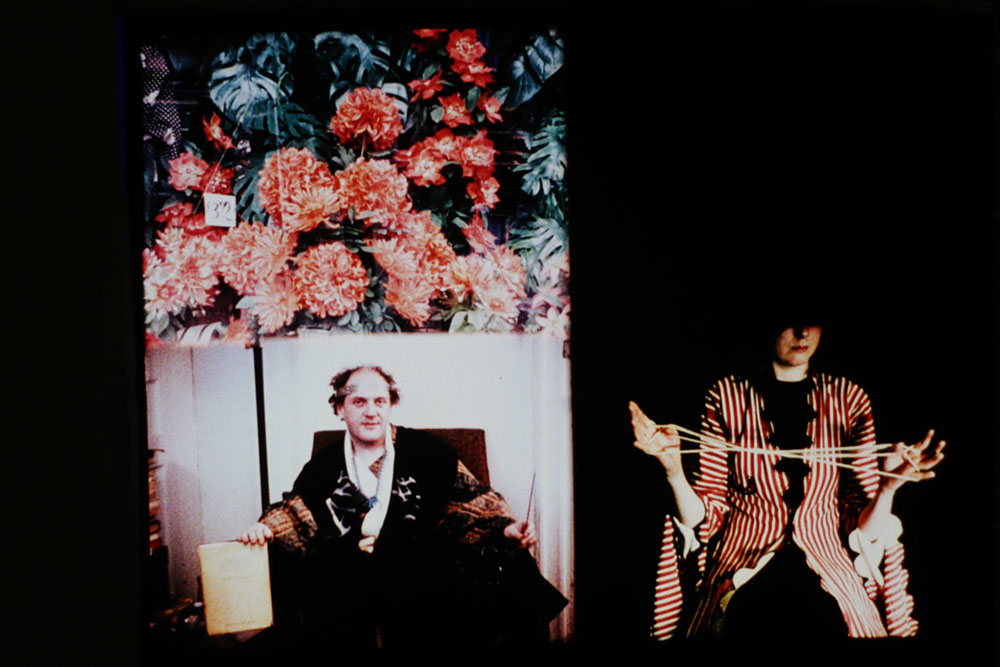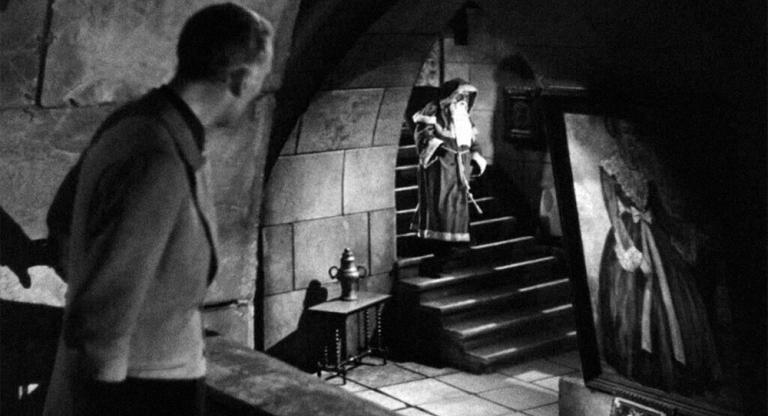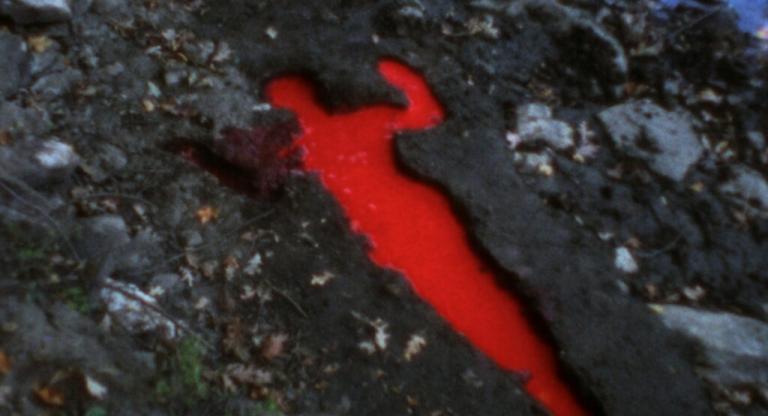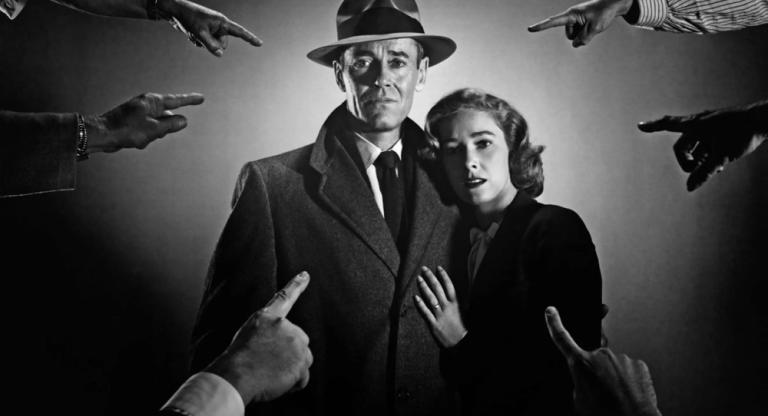Although the Whitney's underwhelming "Fragments of a Faith Forgotten: The Art of Harry Smith" exhibition is poorly mapped out, generally context-free, and minimizes the wide scope of Smith’s many achievements, it at least provides attendees with the chance to engage with the polymath's elusive final film, the massive, multi-screen Film No. 18 (Mahagonny) (1980), albeit in an installation format. The film, which took Smith over 10 years to make, was originally shown at Anthology Film Archives in 1980 on four 16mm projectors, which Smith would “conduct” himself at every screening. Forty-four years later, Mahagonny will screen again at Anthology, now restored: a composite of the original 16mm masters, which have been transferred onto a single tiled 35mm film image.
Smith’s original decision to present the film on four projectors was only the final step of its complex operations. Mahagonny rigorously shuffles through a series of filmic portraits, animations, symbols, and nature shots, edited according to a palindromic thematic structure: P.A.S.A.N.A.S.A.P.. The cinematic combination puzzle serves as an adaptation of Kurt Weill and Bertolt Brecht's 1930 operatic satire Rise and Fall of the City of Mahagonny, whose music provides the soundtrack. Against the backdrop of a dilapidating New York City, Smith’s Mahagonny interweaves miniatures of avant-garde luminaries, iconic landmarks of the megalopolis, and Smith’s own fantastical animations, creating a dizzying amalgamation that explores the folly of man, the extreme excess that plagues our modern age, and the more cerebral side of the human condition.
The film’s visual motifs ultimately serve to complement one another on screen in some way; there’s always an interesting juxtaposition to consider, or likenesses in color or texture to observe, between disparate images occurring at the same time but at opposite corners of the screen. For instance, colorful Tetris-like sculptures in Robert Mapplethorpe’s studio, taking up both bottom quadrants at one point, pair surprisingly well with shots of rippling pond water that hang above, the vibrating wavelets highlighting the harsh geometric quality of the bright blocks. Somehow, the film’s action, however stupefying, never becomes overwhelming to the point of frustration. More impressively, the film is somehow able to sustain its giddy, staccato, sugar-high energy for nearly the entirety of its 141-minute runtime.
The contrast between meticulous arrangement and fantastical presentation provides Mahagonny’s central tension. While the film’s sequence of events may be predetermined, in the style of structural staples like Hollis Frampton’s Zorns Lemma (1970), its results are anything but formulaic. Instead, Mahagonny manages to carry an air of spontaneity while abiding by its structuring principles, transcending the rules of logic in the process. This is fitting, as Harry Smith was an artist who never abided by anyone’s rules other than his own.
Film No. 18 (Mahagonny) screens tonight and tomorrow, January 16 and 17, at Anthology Film Archives on a 35mm restoration print. Both screenings will be preceded by an introduction by P. Adams Sitney and Simon Lund’s short film Restoring Harry Smith’s Mahagonny (2002).



